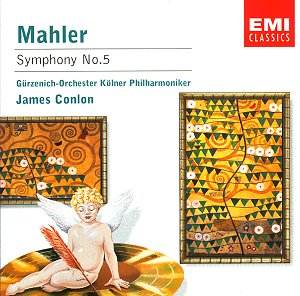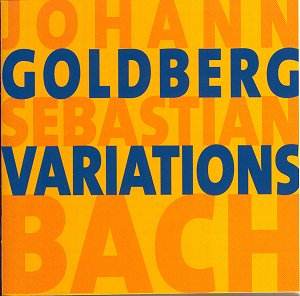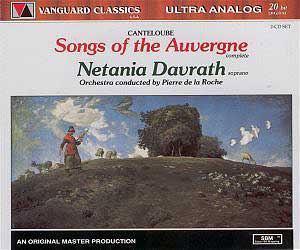 Composer: Gustav Mahler
Composer: Gustav Mahler
Works: Symphony No. 5
Performers: Gurzenich Orchestra Cologne, James Conlon (conductor)
Recording: September 1994, StudioStraáe, Cologne
Label: EMI Classics 5 74979-2 [71.04]
Mahler’s Fifth Symphony, a monumental work often regarded as a pivotal entry in the symphonic repertoire, emerges as a testament to the composer’s emotional and structural complexities. Written between 1901 and 1902, the symphony navigates the tumultuous landscape of human experience, oscillating between despair and transcendence. The Gurzenich Orchestra Cologne’s 1994 recording under James Conlon captures these dichotomies, even if it does not quite elevate to the exalted heights of some of the more illustrious interpretations in the canon.
Conlon’s interpretation reveals a commendable understanding of Mahler’s expansive vision. The conductor’s approach is marked by a steady control, propelling the symphonic narrative forward with impressive momentum. His choices of tempo are generally effective, particularly in the scherzo, which is rightly characterized by a steady pulse rather than an impulsive rush. This decision allows the intricate rhythmic interplay to unfold organically, emphasizing the movement’s inherent devilry. The waltz material, with its contrasting characters, flows with an effortless grace, and the balance achieved in the recorded sound enhances this perspective, providing a satisfying auditory experience.
However, the recording presents significant challenges that detract from the performance’s overall impact. The engineering choices result in a lack of richness in the orchestra’s sound, particularly evident in the strings, which lack the bloom necessary to convey the full emotional weight of Mahler’s writing. The trumpet, a critical voice in the symphonic texture, suffers from a recorded reticence that diminishes its prominence in crucial passages. This imbalance is noticeable from the opening bars, where the interplay of instruments feels less vibrant than one might hope for. The celebrated Adagietto, often a high point in performances of this symphony, carries a tenderness in phrasing that is commendable, yet it falls short of the lushness and depth found in more prestigious recordings, such as those by Bernstein or Barbirolli.
The finale, however, shines as a compelling testament to the work’s contrapuntal ingenuity. Conlon successfully navigates the intricate layers of the score, allowing the momentum to build compellingly. The percussion, particularly the tympani, assert themselves with clarity, contributing to a climactic resolution that resonates with Mahler’s grand design. Yet, the performance overall struggles against the absence of an emotional core; the lack of heart might be mitigated by increasing the listening volume, but it ultimately suggests a performance that, while adept, does not fully engage with the symphony’s profound emotional landscape.
Mahler’s Fifth Symphony is a work that demands not only technical proficiency but also an emotional commitment from both the performers and the audience. The historical significance of this score, particularly given that the Cologne orchestra was the first to present it, adds a layer of poignancy to this recording. Nonetheless, the performance does not quite stand shoulder to shoulder with the best available interpretations, such as those by Inbal or Bernstein, which have set definitive benchmarks for this repertoire. The accompanying booklet, lacking in depth and detail, further diminishes the overall presentation, leaving listeners wanting for more contextual insight.
This recording of Mahler’s Fifth, while revealing some fine moments, ultimately does not ascend to the highest echelons of the symphonic canon. It serves as a reminder of the symphony’s complexity and the exacting standards required to bring it fully to life. The Gurzenich Orchestra, under Conlon’s direction, demonstrates skill but falls shy of the emotional resonance and sonic richness that this extraordinary work demands.



